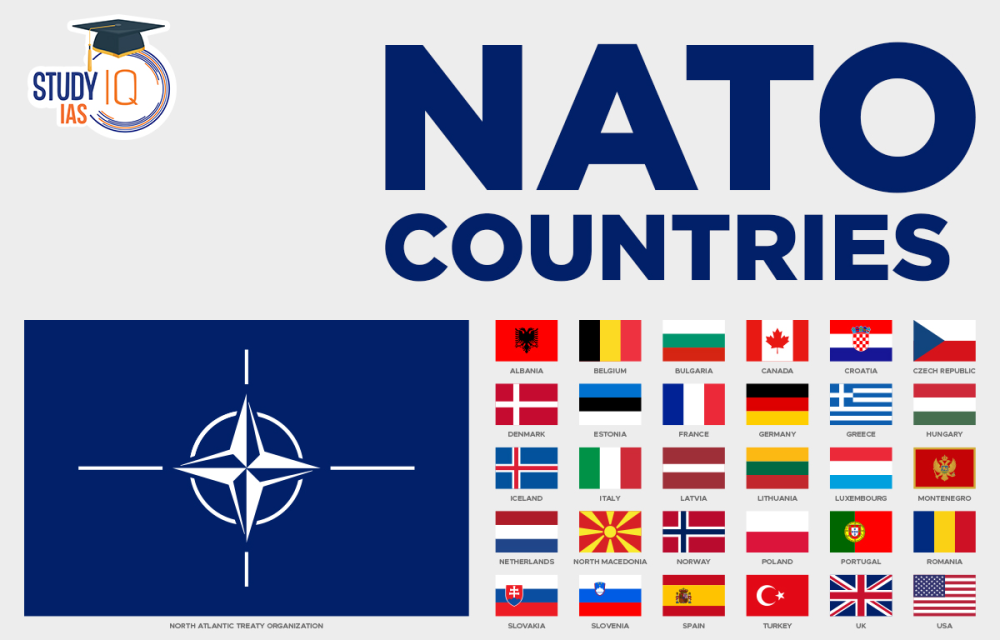
J.D. Vance: “We’ll get Greenland. Yeah, 100 percent.”
Washington, D.C. — On March 30, 2025, President Donald Trump escalated tensions with Denmark by stating that military force remains an option to secure control of Greenland, a strategically vital Arctic island and semi-autonomous Danish territory.
The remarks, made in an interview with NBC News, came shortly after Denmark’s Foreign Minister Lars Løkke Rasmussen criticized the Trump administration’s approach to the issue, urging a more diplomatic tone between allies. The exchange marks a new chapter in the ongoing saga of U.S. interest in Greenland, which has stirred controversy and drawn sharp responses from both Danish and Greenlandic leaders.
Trump’s comments followed a visit by Vice President J.D. Vance to Greenland’s Pituffik Space Base on March 28, where Vance accused Denmark of “underinvesting” in the island’s security and suggested it had failed to protect its people adequately.
Vance’s trip, initially planned to include broader engagements, was scaled back after backlash from Greenlandic and Danish officials, who viewed it as undue pressure.
In his NBC interview, Trump doubled down, saying, “I never take military force off the table,” while emphasizing Greenland’s importance to U.S. national security. “We’ll get Greenland. Yeah, 100 percent,” he added, reiterating a long-standing ambition he first floated during his initial term.
“Of course, any U.S. military action against Greenland would be against
Denmark — which would be against Europe. Any action against Europe
triggers a 32-nation NATO response against the aggressor.”

Denmark’s response was swift.
Foreign Minister Rasmussen, in a video posted to social media on March 29, scolded the Trump administration for its “tone” and reminded viewers of the 1951 U.S.-Denmark defense agreement, which allows American military presence on the island.
“This is not how you speak to your close allies,” Rasmussen said, noting that Denmark has reduced U.S. bases in Greenland from 17 in 1945 to just one today, with about 200 troops at Pituffik. He suggested that any increase in U.S. involvement could be negotiated under existing frameworks, calling for cooperation rather than confrontation.
Greenlandic leaders echoed Denmark’s frustration.
Outgoing Prime Minister Mute Egede, who recently lost an election, had previously labeled U.S. actions as “foreign interference,” while incoming Prime Minister Jens-Frederik Nielsen called Trump’s overtures “inappropriate.”
Public sentiment in Greenland, where polls show 85% opposition to a U.S. takeover, aligns with this resistance. The island’s strategic location—bridging the Arctic and Atlantic Oceans—and its untapped mineral resources have long made it a target of U.S. interest, but local and Danish officials insist it is not for sale.
The Trump administration’s stance contrasts with Vance’s assurances during his Greenland visit, where he claimed the U.S. would not use force and instead encouraged Greenlanders to pursue independence from Denmark and align with Washington.
ADVERTISEMENT

“We could make them much more secure,” Vance said, pitching economic and security benefits. However, Trump’s latest remarks undercut this softer approach, reigniting fears of coercion. Danish Prime Minister Mette Frederiksen, who plans to visit Greenland from April 2-4 to strengthen ties, called Denmark a “good and strong ally” and rejected claims of neglecting Arctic defense.
Analysts see Trump’s rhetoric as part of a broader pattern of assertive foreign policy in his second term. The president has framed Greenland as critical to countering Russian and Chinese influence in the Arctic, a region increasingly contested due to climate change and resource potential.
In a Truth Social post on March 29, Trump referenced historical U.S. military presence in Greenland during World War II, suggesting modern threats justify his pursuit.
The U.S. and Denmark, both NATO allies, have historically cooperated on Greenland’s defense, but Trump’s comments risk straining this relationship. Danish officials, while open to dialogue, have emphasized Greenland’s self-determination. “It is up to the Greenlandic people to decide their future,” Frederiksen said, a sentiment echoed by Rasmussen, who stressed Copenhagen’s recent investments in Arctic security.
As of now, no formal U.S. proposal—military or otherwise—has been presented, but the rhetoric has alarmed Greenland’s 57,000 residents and their leaders. Protests against U.S. interference have already occurred, and Nielsen’s incoming government faces the challenge of navigating this diplomatic storm while forming a new coalition.
For Trump, the Greenland gambit appears to be a test of his administration’s willingness to flex power, even against allies, in pursuit of strategic goals.
The situation remains fluid, with potential talks between Washington, Copenhagen, and Nuuk on the horizon. For now, Trump’s refusal to rule out military force keeps the Arctic island at the center of global attention.